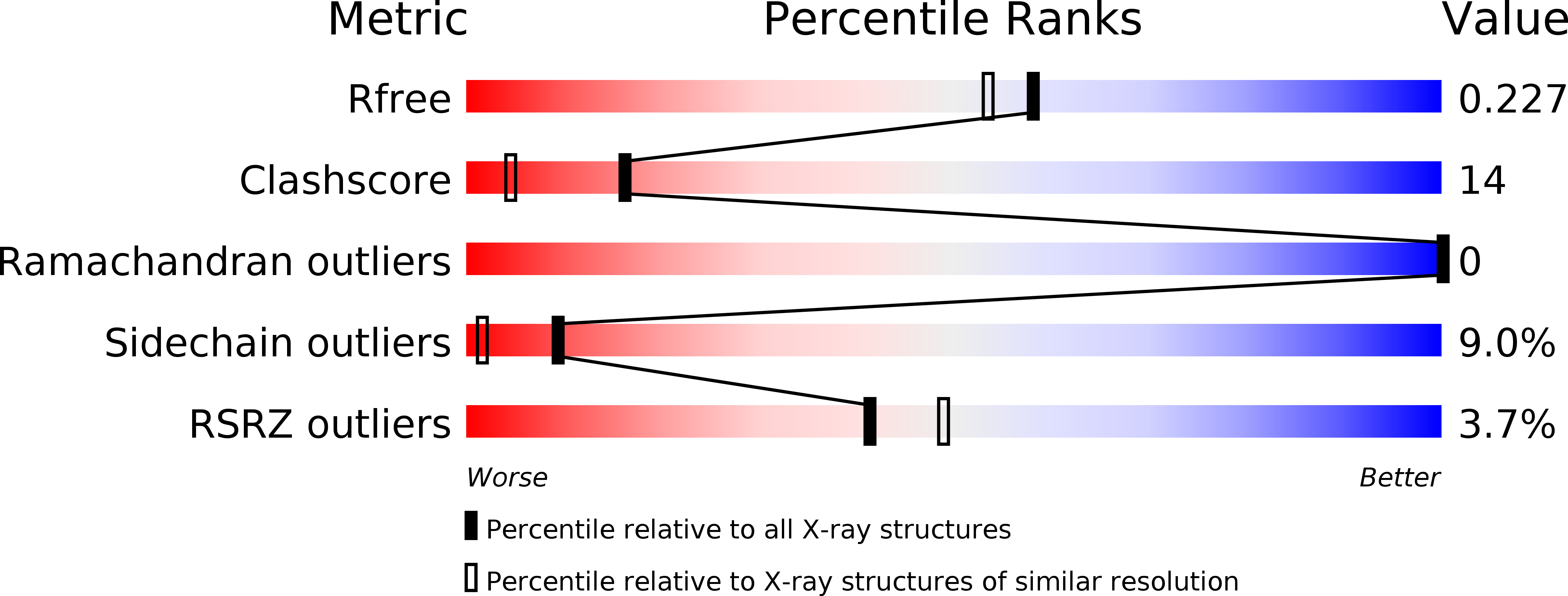
Deposition Date
2004-09-30
Release Date
2004-11-09
Last Version Date
2024-02-14
Method Details:
Experimental Method:
Resolution:
1.94 Å
R-Value Free:
0.23
R-Value Work:
0.17
R-Value Observed:
0.17
Space Group:
P 21 21 21


